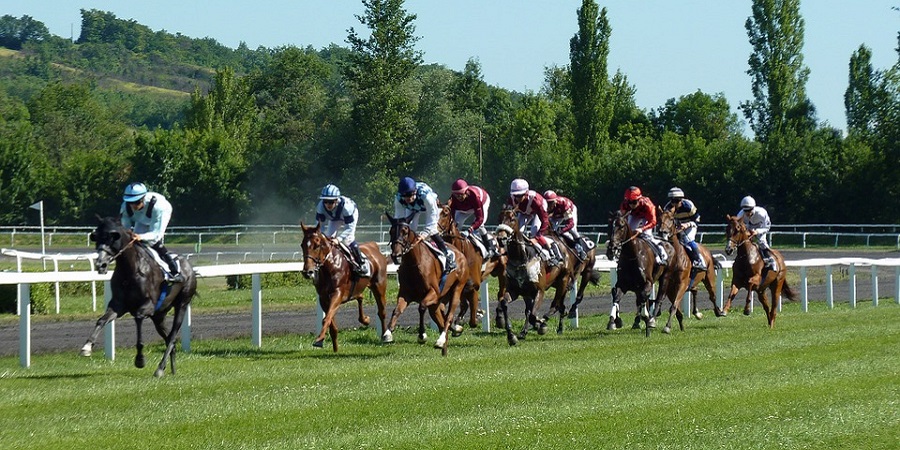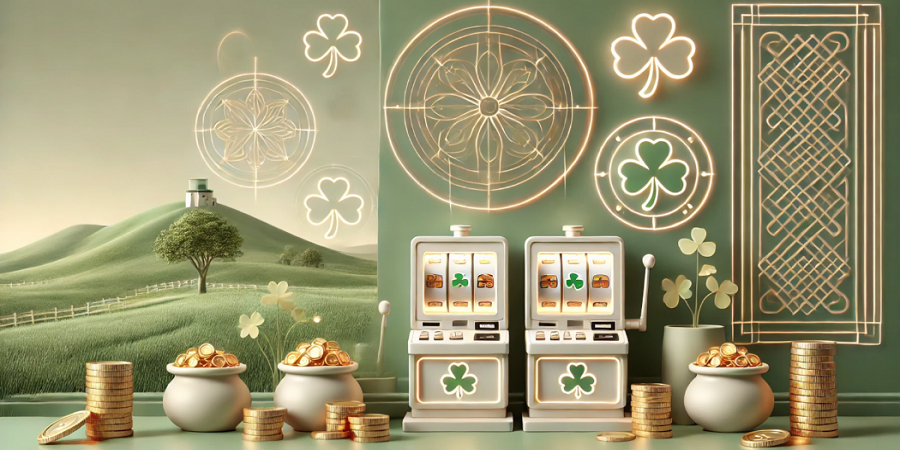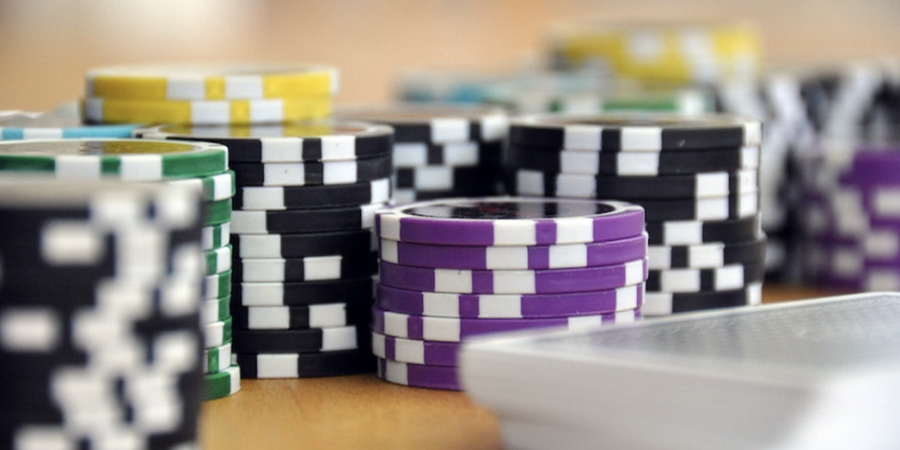If you already have some time and experience in horse racing betting, you may have already known the term “false favourite.” Unfortunately, this term is often said mostly when the race is over, and the information is already not useful. However, wouldn’t this information be more valuable before the race begins?
This information would be useful, especially if your horse racing betting strategy is about rankings. In general, picking which horse will win is essential. Even if your betting strategy isn’t around rankings, identifying false favourites is still crucial if you want to win more bets.
What is a False Favourite?
The first kind of favourite is the morning line favourites. This is the horse picked by the track handicapper, who he thinks will win the race. But, of course, he doesn’t just pick by his guts as he uses statistics and other factors to pick the favourite.
The second kind of favourite is the post-time favourite picked by the general public. Also, the post-time favourite may or may not be the morning line favourite. In the case of a false favourite, sometimes the track handicapper or the general public, or both of them, can be wrong as, after all, no one can predict the future.
In the case of the track handicapper, it’s forgivable since he is handicapping many races in a single day. It’s impressive how their handicaps are right most of the time.
There are a number of factors that can contribute to a horse being a false favourite, and these should be taken into account when betting on races.
Last Start Winners
The last start winners have some of the biggest impacts on the general’s betting favourites. For most people, a last-start winner usually means that the horse can win in any grade. However, if you follow this belief, you should know that there are many more factors to consider before betting on the last start winner, one of which is the strike rate.
In a single race alone, there are a lot of horses that have a very low strike rate. The strike rate involves the horse’s recovery rate, racing pattern, or overall performance. That said, if a favourite is a last-start winner but has a low strike rate, that should be a red flag.
Media Influence
If you’ve been betting for quite some time now, you know how the media can influence many people, which can also change the odds.
Whether the horse had a singular strong lead or an unlucky finish from the last place, many horse racing media channels will hop on the bandwagon and start talking about how that particular horse has untapped potential. Not to mention the hype they make about popular horses.
Trainer Ability
Although most of the work in terms of winning the race falls in the hands of the jockeys and their respective horses, many responsibilities also fall in the hands of the trainers. Of course, a horse can do its best when racing with the trainer’s performance. However, if a trainer sent a horse with an overall win rate of 6% or lower, you can say it’s a red flag.
Not only does it stand to not win, but you would also make your bet 14 or 15-1 just to make the horse a fair bet. If you see a horse with these traits, you can safely assume it’s a false favourite.
Jockey
There are a lot of helpful stats to think about with wagering but one of the most overlooked factors in horse racing betting is jockey. Most people only focus on the horses themselves, but only a few look at the jockeys, which is a shame since they are also as important as the horses.
Jockeys have their own set of weaknesses and strengths. When identifying a false favourite, you must check if the jockey is comfortable on the current track. You can usually determine this in his strike rate. With that in mind, if the jockey is a favourite, but his strike rate is low for the current track or surface type, he is probably a false favourite.
You can also check if the jockey is a new partner for the horse. It takes time for a horse and a jockey to sync up perfectly, so if the favourite is a new pairing, you can safely assume it’s a false favourite.
Final Words
Identifying a false favourite is an essential skill in horse race betting, especially since it is about determining which horse will win. Luckily, several signs make a horse a false favourite. You must have keen eyes and trust your gut to see them.










